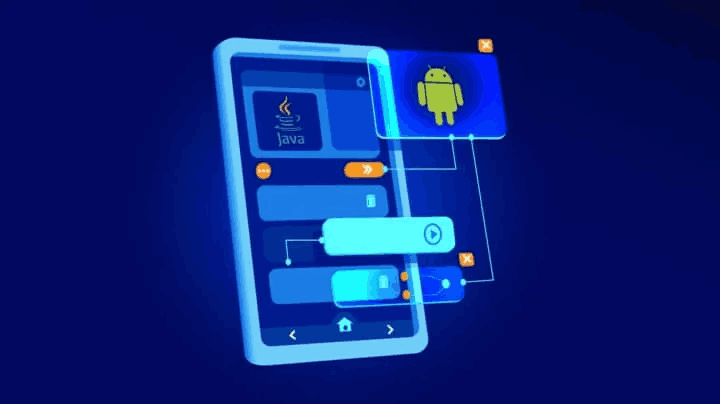In today’s technology-driven world, mobile applications have become an integral part of our daily lives. People rely on their smartphones for a wide range of activities, from social networking and shopping to learning and entertainment. As such, Mobile Application Design has become essential for any company or individual looking to achieve success in the market. In this article, we will explore mobile application design comprehensively, from basic concepts to modern design strategies.
The Importance of Mobile Application Design
Mobile application design is a process that encompasses several stages, from the initial idea to the launch in the app store. Good design plays a significant role in the success of an application, as it directly impacts the user experience. Here are some points that highlight the importance of mobile application design:
- Enhancing User Experience: Good design facilitates user interaction with the app smoothly and comfortably, increasing the likelihood of repeated use.
- Achieving Business Goals: An attractive and useful app design helps increase sales and achieve the company’s objectives.
- Market Differentiation: In a crowded app market, unique design can set your app apart from others.
Stages of Mobile Application Design
1. Idea and Planning
The design process for any app begins with an idea. Designers and developers need to think about users’ needs and what the app can offer them. Conducting market research to identify gaps and opportunities is essential.
2. User Experience (UX) Design
User experience refers to how the user feels when using the app. The design should focus on meeting users’ needs and facilitating their navigation through the app. This includes:
- Creating User Personas: Identifying who the ideal user is and what their needs are.
- Mapping the Journey: Drawing a map of the journey the user will take within the app, from start to finish.
3. User Interface (UI) Design
The user interface is what the user sees and interacts with. It should be visually appealing, easy to use, and consistent with the brand’s visual identity. Considerations include:
- Colors: Choosing appropriate colors that reflect the brand’s personality.
- Fonts: Using easy-to-read fonts that fit the overall design.
- Buttons and Icons: Ensuring they are clear and easy to understand.
4. Development
After completing the UX/UI design, the development stage follows. Here, the code is written, and the app is developed. This includes:
- Choosing the Platform: Determining whether the app will be native (Native) for Android and iOS or a hybrid app.
- Developing Features: Implementing the features previously defined in the design phase.
5. Testing
Testing is a crucial part of the design process. The app must be tested to ensure it functions correctly on various devices and operating systems. Testing includes:
- Functional Testing: Ensuring all features work as expected.
- Performance Testing: Ensuring the app operates smoothly without delays.

6. Launch and Marketing
After passing the tests, it’s time for the launch. Companies need to develop a marketing strategy to attract users. Marketing strategies may include:
- Advertising on Social Media: Using social platforms to promote the app.
- Content Marketing: Writing articles or blogs that discuss the app’s
